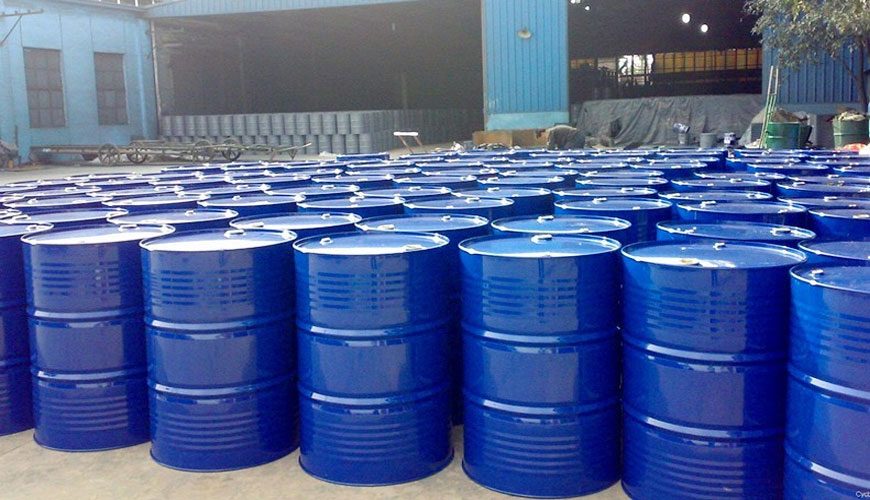

Trichloroethylene is a colorless liquid with a chloroform-like odor. Trichloroethylene may cause eye and skin irritation. Trichloroethylene is a known carcinogen. Workers may be harmed by exposure to trichlorethylene. The level of exposure depends on the dose, duration and work.

Trichloroethylene is used in many industries. Its main use is as a solvent to remove grease from metal parts. It is also used as an extraction solvent for greases, oils, fats, waxes and tars, a chemical intermediate in the manufacture of other chemicals, and a coolant. It is also a compound used in adhesives, paint removers, typewriter correction fluids and stain removers, and consumer products such as carpet cleaning fluids. Trichloroethylene has been used as a general anesthetic in the past.
Some workers at risk for exposure to trichloroethylene include:
Most of the trichloroethylene used is released into the atmosphere from industrial degreasing processes. Acute (short-term) and chronic (long-term) inhalation exposure to trichloroethylene affects the human central nervous system with symptoms such as dizziness, headache, confusion, facial numbness and weakness. Liver, renal, immunological, endocrine and developmental effects have also been reported in humans.
An analysis of available studies reports that exposure to trichloroethylene is associated with several types of cancer in humans, particularly of the kidney, liver, and lymphatic system. Animal studies have reported an increase in lung, liver, kidney and testicular tumors and lymphoma.
Due to its moderate water solubility, trichloroethylene in soil has the potential to migrate into groundwater. Relatively frequent detection of trichloroethylene in groundwater confirms its mobility in soil. Drinking water sources that rely on contaminated groundwater sources may contain trichloroethylene. Trichloroethylene is the most frequently reported organic pollutant in groundwater.
Our organization also provides trichloroethylene analysis services with its trained and expert staff and advanced technological equipment, among the numerous test, measurement, analysis and evaluation studies it provides for businesses in various sectors.
To get an appointment, to get more detailed information or to request an evaluation, you can ask us to fill in our form and reach you.